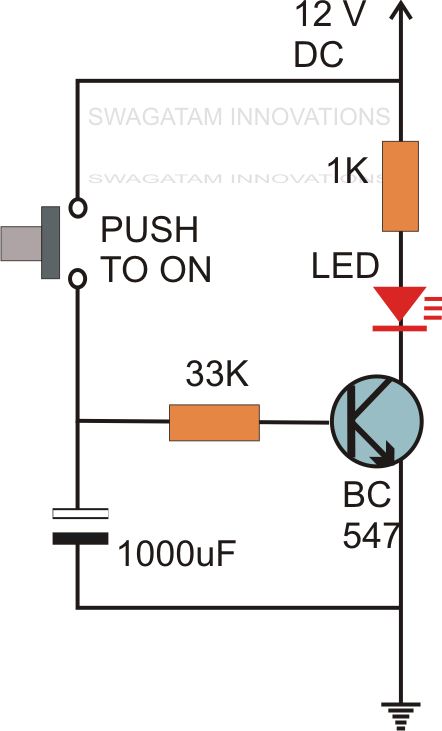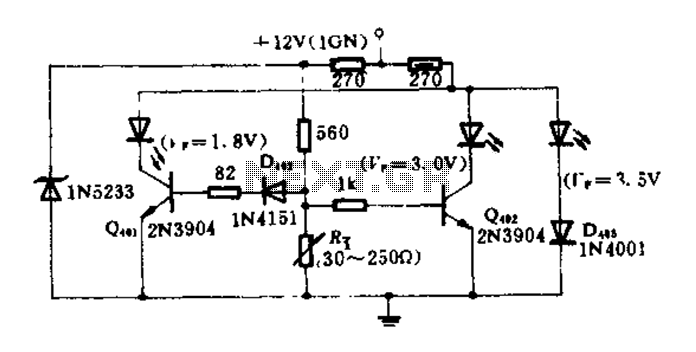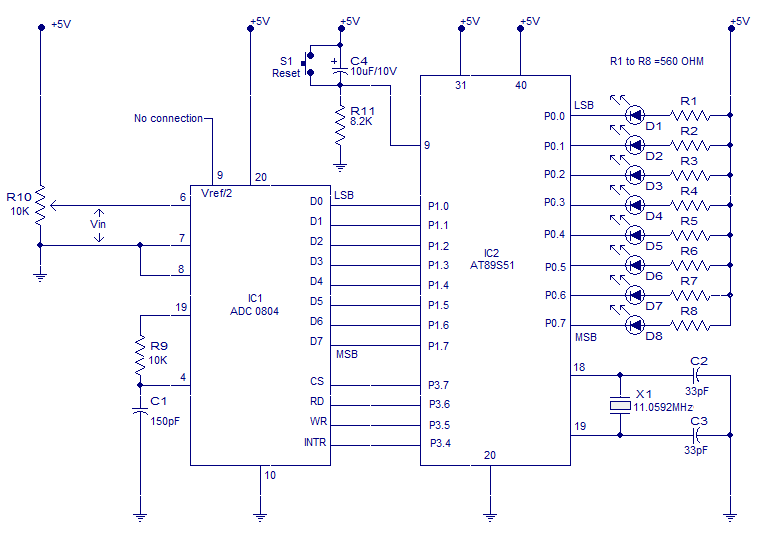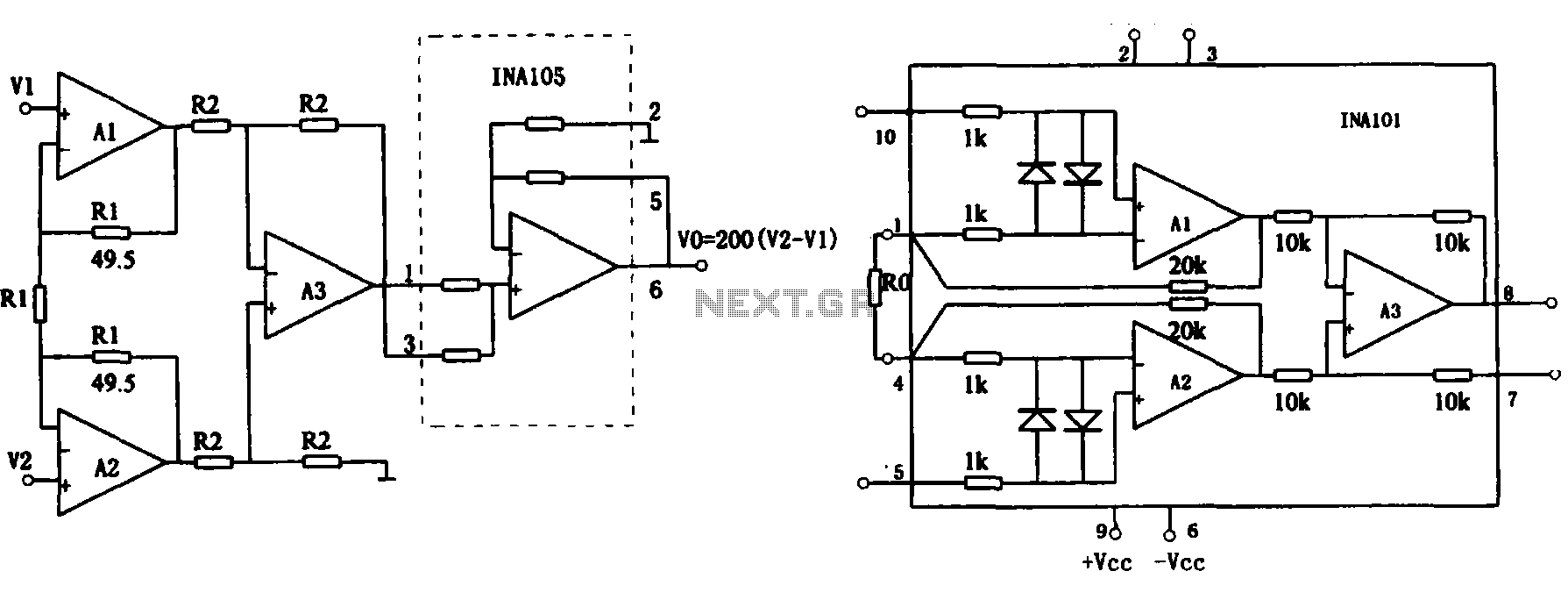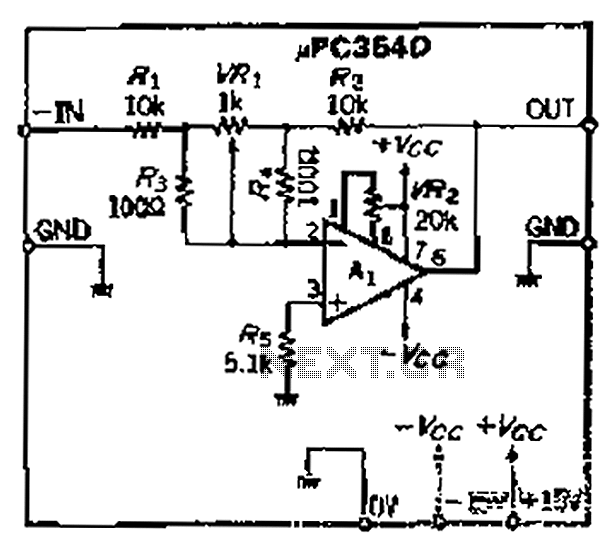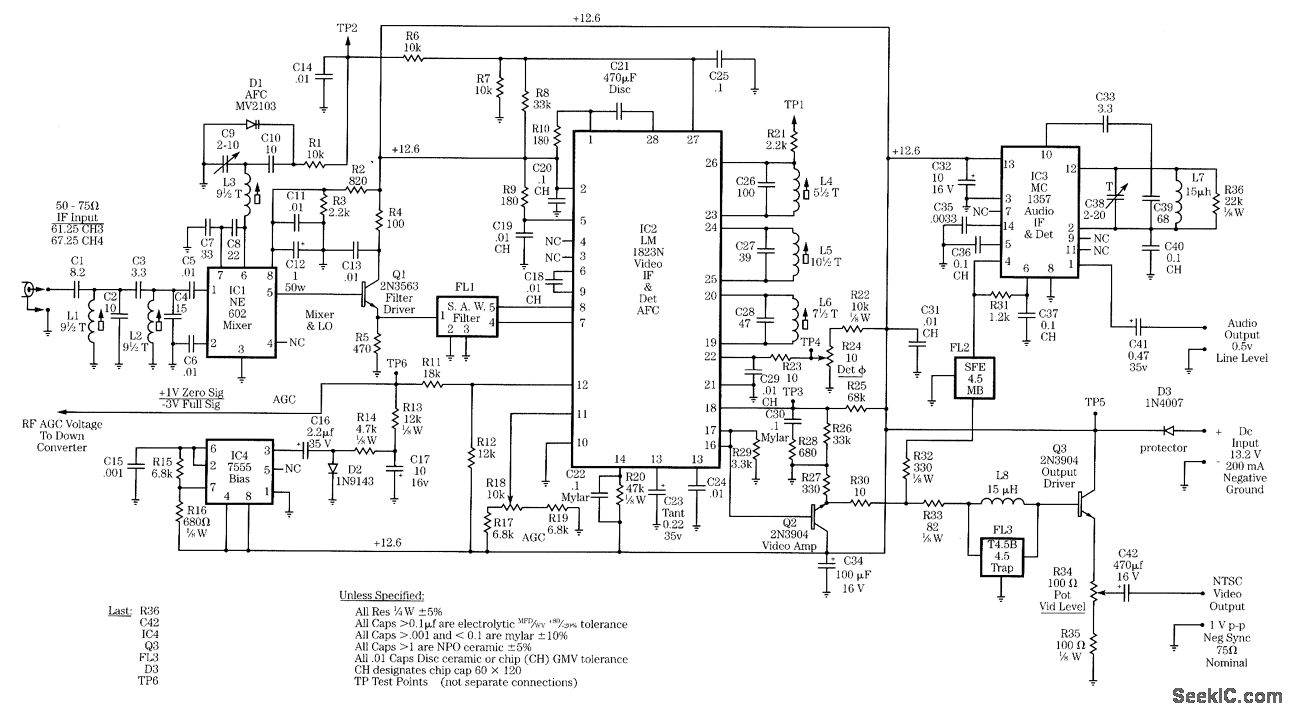
Touch the socket circuit diagram
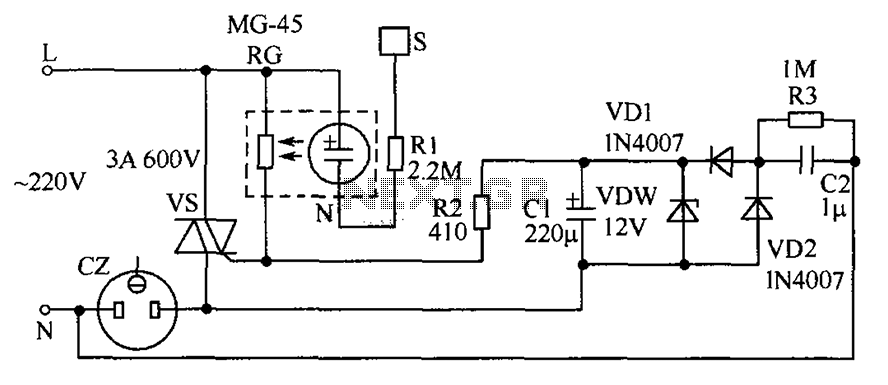
The circuit operates by detecting a finger touch on a metal sheet (S), which activates a neon tube light (N). The combination of the neon tube and a photoresistor (RG) acts as an optocoupler, reducing the resistance of RG. This reduction allows sufficient trigger current to flow through the TRIAC (VS), enabling the electric socket load (CZ) to function. Simultaneously, a 220V AC voltage is rectified through bulk capacitors (C2) and diodes (VD1 and VD2), regulated by a voltage regulator (VDW) and filtered by capacitor (C1) to provide a DC voltage to resistor (R2) connected to the gate of TRIAC (VS). Even after the finger is removed from the metal sheet, TRIAC (VS) remains activated, allowing the load connected to CZ to continue operating normally. In the event of a power outage, TRIAC (VS) does not receive enough trigger current to remain on, thus cutting power to the load connected to CZ. The circuit requires a touch on S to reactivate the load. When no load is connected, the socket consumes minimal power (approximately 0.5W), with a load capacity of up to 500W. Notably, if the socket is unloaded, touching S does not energize the socket. Component selection includes standard neon tubes for N, MG-45 model for RG, a 12V zener diode for VDW, and 1/4 W resistors as needed. Other components are detailed in the accompanying schematic.
The circuit utilizes a TRIAC (VS) to control the AC load connected to the socket (CZ). The operation begins with the finger touch on the metal sheet (S), which causes the neon tube (N) to illuminate. This illumination decreases the resistance of the photoresistor (RG), allowing current to flow and trigger the TRIAC (VS). The TRIAC serves as a switch, controlling the power to the load based on the trigger current it receives.
The AC voltage from the power supply passes through bulk capacitors (C2) and diodes (VD1 and VD2), which rectify the AC signal into a DC voltage. This DC voltage is then regulated by a zener diode (VDW) to ensure a stable output voltage, which is essential for the reliable operation of the circuit. The filtered output is applied to resistor (R2) that is connected to the gate of TRIAC (VS), ensuring that the TRIAC remains in the conducting state even after the finger is removed from the metal sheet.
The circuit's design allows for a load capacity of up to 500W, making it suitable for various applications. The feature that prevents the socket from becoming live when no load is connected adds a layer of safety, ensuring that the circuit does not waste power or pose a risk when idle. The choice of components, including the MG-45 photoresistor and standard neon tube, reflects a balance between performance and availability, ensuring that the circuit operates effectively while remaining cost-efficient.
Overall, the circuit is efficient and user-friendly, providing a reliable means of controlling an electrical load through a simple touch interface while maintaining safety and energy efficiency. Circuit as shown, with a touch of a finger when the metal sheet S, N neon tube light, since N and photoresistor RG constitute optocouplers make RG resistance becomes smaller, s o the TRIAC VS because sufficient trigger current lead pass, it was electric socket load CZ on working. At the same time, 220V AC voltage through the CZ bulk capacitors C2, the diode VD1 and VD2 rectifier, regulator VDW regulator, filter capacitor C1 obtained by the DC voltage applied to the resistor R2 VS the gate, even if S has left finger touch, VS remains turned on, so that the load connected to the CZ normal power work.
When power is restored after power outage, because VS has not been enough to trigger current, it is not turned on, the load on the CZ is powered off. Only CZ retouches to make the load on the power. When not connected to the load circuit, the socket itself has little power (about 0.5W). Socket load capacity of up to 500W. The circuit also has a feature: when there is no load on the socket, even though the touch of S, the socket is not live.Component selection: Choose a neon tube N ordinary neon tubes, photoresistor RG choose MG-45 models.
VDW select regulator for the 12V zener diode. Resistor selection (1/4) Ws. Other components shown in FIG.
The circuit utilizes a TRIAC (VS) to control the AC load connected to the socket (CZ). The operation begins with the finger touch on the metal sheet (S), which causes the neon tube (N) to illuminate. This illumination decreases the resistance of the photoresistor (RG), allowing current to flow and trigger the TRIAC (VS). The TRIAC serves as a switch, controlling the power to the load based on the trigger current it receives.
The AC voltage from the power supply passes through bulk capacitors (C2) and diodes (VD1 and VD2), which rectify the AC signal into a DC voltage. This DC voltage is then regulated by a zener diode (VDW) to ensure a stable output voltage, which is essential for the reliable operation of the circuit. The filtered output is applied to resistor (R2) that is connected to the gate of TRIAC (VS), ensuring that the TRIAC remains in the conducting state even after the finger is removed from the metal sheet.
The circuit's design allows for a load capacity of up to 500W, making it suitable for various applications. The feature that prevents the socket from becoming live when no load is connected adds a layer of safety, ensuring that the circuit does not waste power or pose a risk when idle. The choice of components, including the MG-45 photoresistor and standard neon tube, reflects a balance between performance and availability, ensuring that the circuit operates effectively while remaining cost-efficient.
Overall, the circuit is efficient and user-friendly, providing a reliable means of controlling an electrical load through a simple touch interface while maintaining safety and energy efficiency. Circuit as shown, with a touch of a finger when the metal sheet S, N neon tube light, since N and photoresistor RG constitute optocouplers make RG resistance becomes smaller, s o the TRIAC VS because sufficient trigger current lead pass, it was electric socket load CZ on working. At the same time, 220V AC voltage through the CZ bulk capacitors C2, the diode VD1 and VD2 rectifier, regulator VDW regulator, filter capacitor C1 obtained by the DC voltage applied to the resistor R2 VS the gate, even if S has left finger touch, VS remains turned on, so that the load connected to the CZ normal power work.
When power is restored after power outage, because VS has not been enough to trigger current, it is not turned on, the load on the CZ is powered off. Only CZ retouches to make the load on the power. When not connected to the load circuit, the socket itself has little power (about 0.5W). Socket load capacity of up to 500W. The circuit also has a feature: when there is no load on the socket, even though the touch of S, the socket is not live.Component selection: Choose a neon tube N ordinary neon tubes, photoresistor RG choose MG-45 models.
VDW select regulator for the 12V zener diode. Resistor selection (1/4) Ws. Other components shown in FIG.
